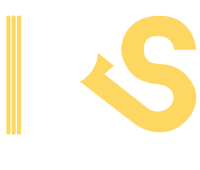Child custody and access refers to the parenting arrangements, when their parents are not together. There are different types of child custody and access. Child Custody looks who makes major decisions about the children. Child access refers to the time the children spend with the parent that they do not live with.
When you are applying to the court to get a court order for child custody or access, you must apply to the court closest to where the children are living. If you are dealing with child custody and access as part of a divorce proceeding, though, this may work differently.
During separation and divorce proceedings, child custody and access may be among your top concerns. Child custody means having legal care and control of children. The parent with custody will usually have the children living with them full-time or most of the time. Sometimes parents have joint custody, or shared custody of the children. This means that the parents need to agree on how the children will be raised and may have the children live with both parents.
Making decisions around child custody and access can be difficult and emotional. Especially when the parent is being denied and limited access to their child.
Address :
(Up to 30 minutes)
Understanding Child Custody
Contrary to popular belief, custody is not about who the child lives with or how much time the child spends with each of the parents. It does mean, however, having the legal right to make major decisions about the child’s care and upbringing. The parent who has the custody has the right to make important decisions about education, health and medical care and religion. There are different types of custody arrangements that can be made for the best interest of the child.
Types of Child Custody
RS Lawyer is a leading-edge law firm, made up of a team with more than 15 years of experience. Since its establishment, RS Lawyer has consistently delivered legal services with a core mandate to provide reliable, solid and exceptional expertise that a reputable law firm can deliver.
